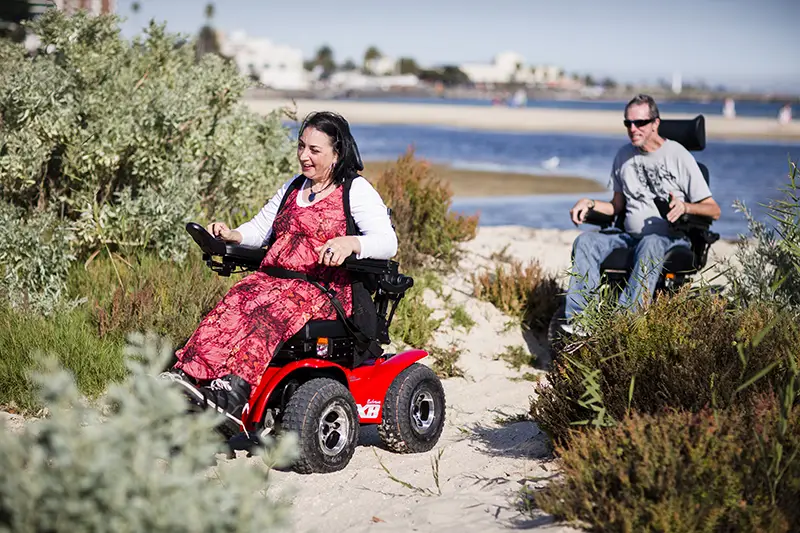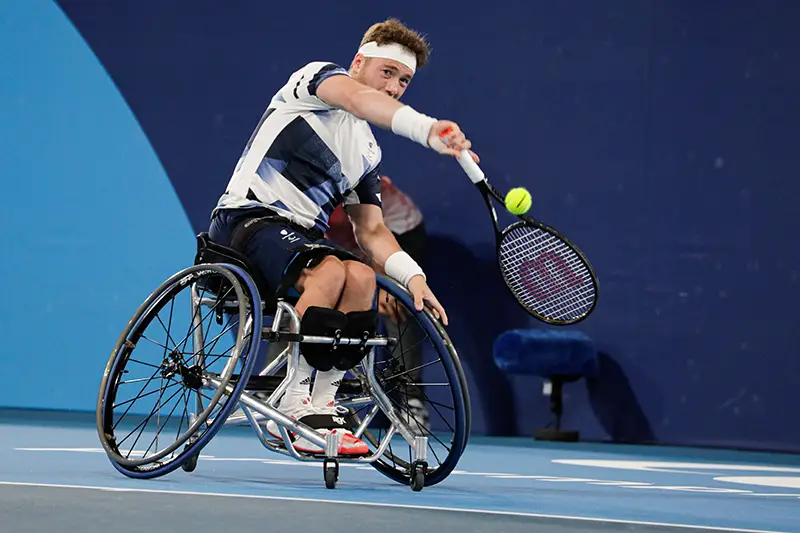As therapists, we have likely had the privilege of witnessing the profound impact recreation can have on physical, emotional, and mental health. Recreation is vital for everyone at every age and every level of ability, as it promotes physical health, enhances mental wellbeing, fosters social connection, and provides opportunities for personal growth and fulfillment. Engaging in recreational activities isn't just about having fun or passing the time; it's a powerful tool for nurturing wellbeing and fostering resilience.
Recreation serves as a potent antidote to the stresses and strains of everyday life and has long-lasting positive effects on mental health. Whether it's exploring nature, playing a musical instrument, or participating in a team sport, recreational activities offer a reprieve from the demands of work and personal responsibilities.
Research consistently demonstrates that engaging in recreational activities is associated with reduced levels of stress, anxiety, and depression. Physical exercise, a common component of many recreational pursuits, triggers the release of endorphins, neurotransmitters that alleviate pain and boost mood. Moreover, recreational activities often promote social connections and foster a sense of belonging and support that buffers against feelings of loneliness and isolation.
Recreation for wheelchair users: breaking barriers, building confidence
For people facing mobility limitations, recreation can be especially empowering, offering avenues for self-expression, accomplishment, and connection. Fortunately, there is a growing awareness of the importance of inclusive recreational opportunities for everyone. Adaptive sports programs, accessible beaches, and accessible hiking trails allow people of all abilities to engage in activities that bring them joy and fulfillment. Additionally, advancements in adaptive equipment such as all-terrain wheelchairs, power assist add-ons, and sophisticated suspension systems are expanding the possibilities for wheelchair users to explore the outdoors and pursue their passions.

There is an increasing interest in adaptive sports and there is a variety of different programs and clubs available throughout the United States to promote, educate, and support participation. In recent years, the International Paralympic Committee has approved wheelchair bowling as an Olympic sport. As a result, the American Wheelchair Bowling Association is rapidly growing in assisting bowlers and promoting wheelchair tenpin bowling across the United States and throughout the world. Similarly, the U.S. Wheelchair Rugby Association supports wheelchair rugby players, overseeing many tournaments and events across the country. For a sport with a little less intensity and contact than rugby, wheelchair basketball is a fun and popular sport. The International Wheelchair Basketball Federation governs wheelchair basketball around the world. National organizations such as the US Tennis Association assists in the promotion and development of wheelchair tennis. Regardless of the level of activity, skill, or ability, there are many clubs throughout the U.S. that are dedicated to providing programming for wheelchair sports and activities.

As therapists, let us continue to champion the transformative power of recreation and work tirelessly to ensure that everyone, regardless of ability, has the opportunity to thrive and flourish.
References
- Dishman, R. K., & Buckworth, J. (1996). Increasing physical activity: A quantitative synthesis. Medicine and Science in Sports and Exercise, 28(6), 706-719.
- Schultz, P. N., Klein, G. A., & Beck, M. L. (2003). Staying connected: A community-based approach to recreational therapy for persons with spinal cord injury. Topics in Spinal Cord Injury Rehabilitation, 8(4), 47-59.
- Shields, N., Synnot, A. J., & Barr, M. (2012). Perceived barriers and facilitators to participation in physical activity for children with disability: a qualitative study. BMC Pediatrics, 12(1), 1-11.
Toni Taylor
Clinical Education Manager - Canada
Amy Bjornson
BS, MPT, ATP, SMS - Clinical Education Manager, Asia-Pacific